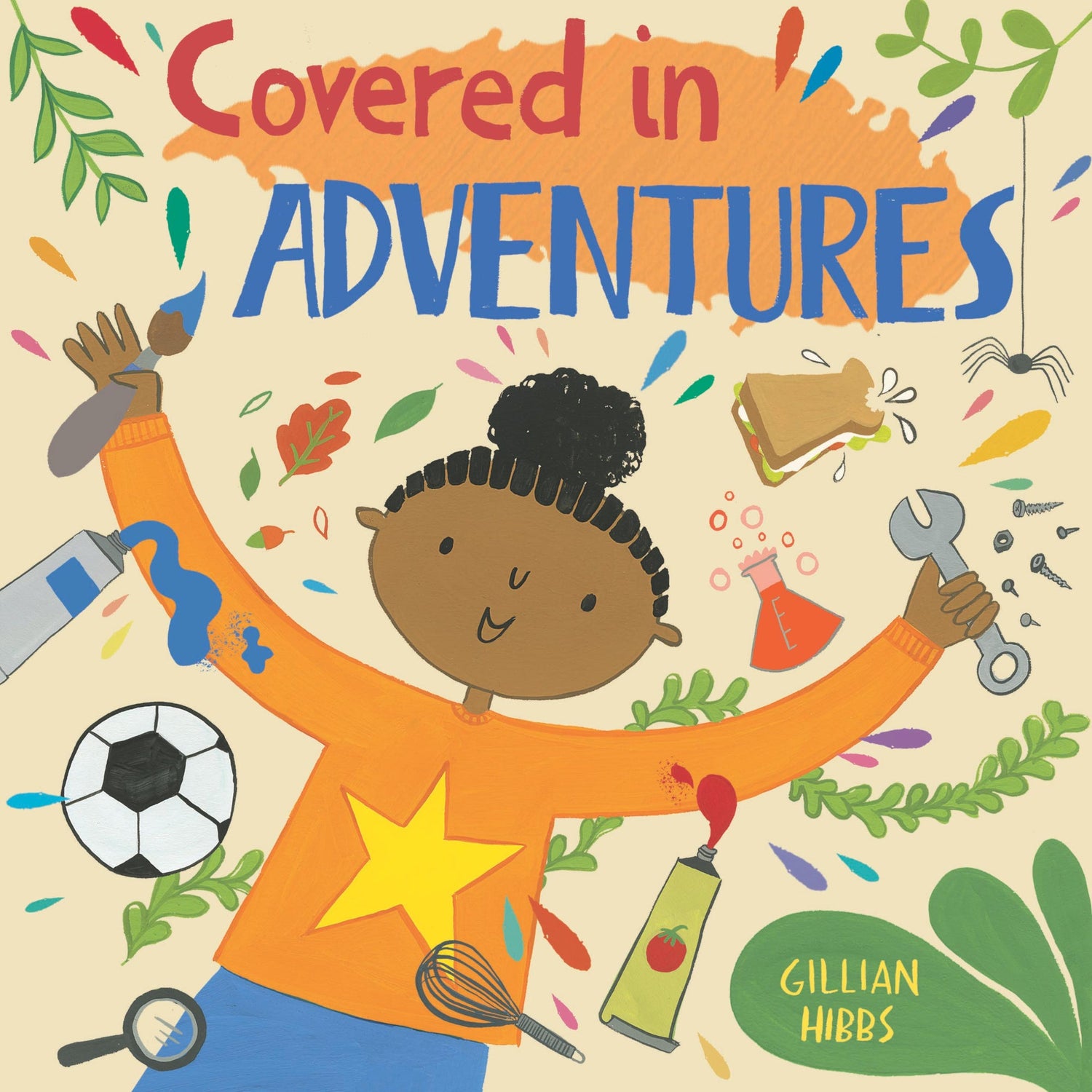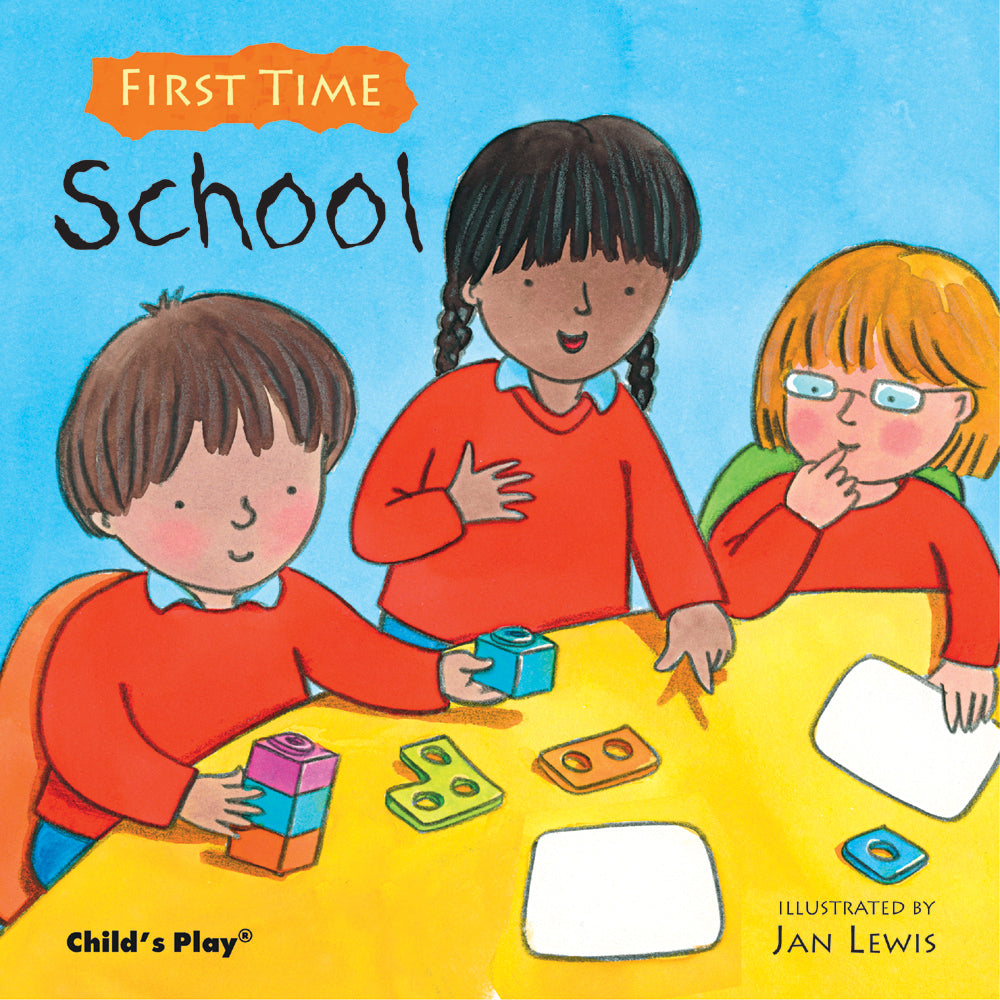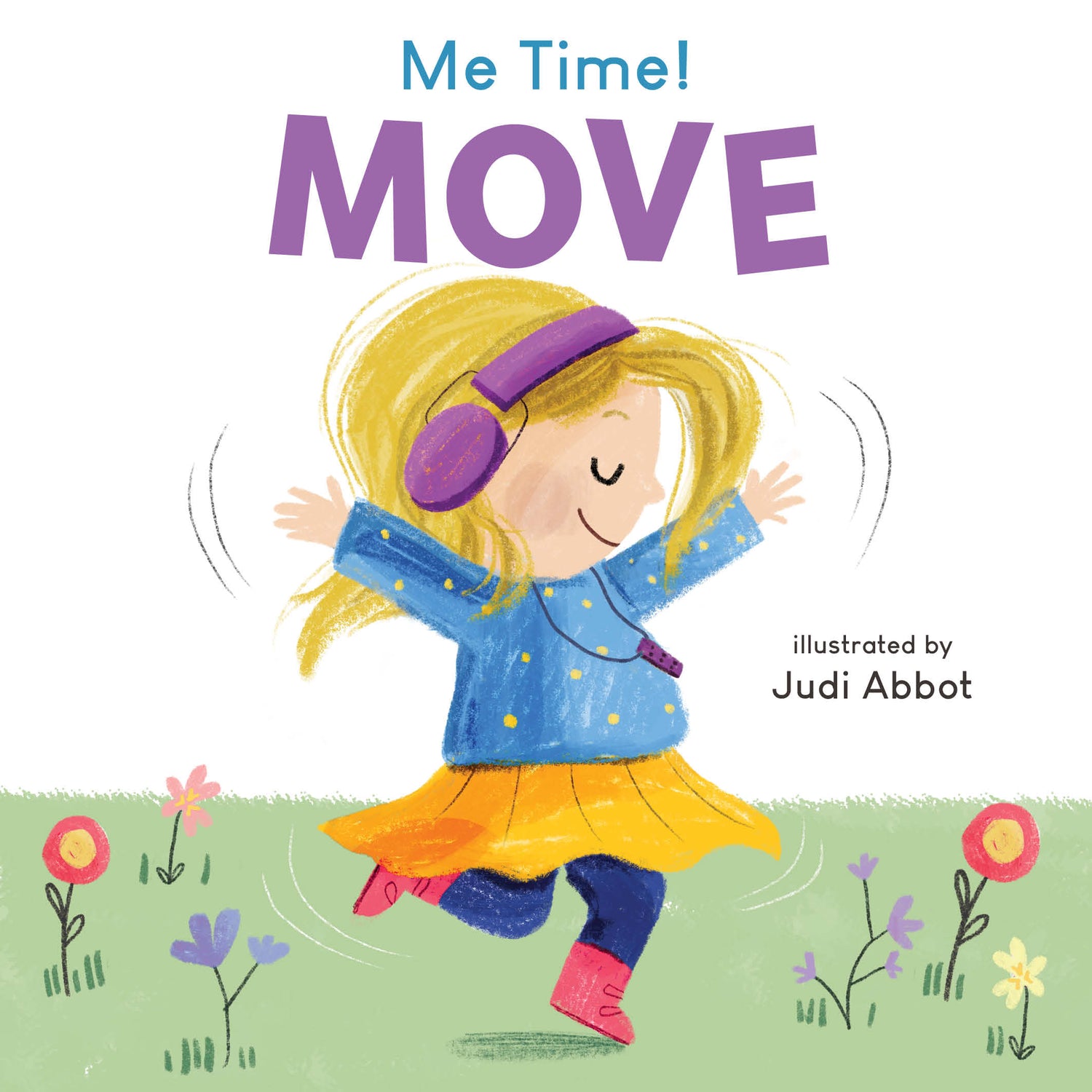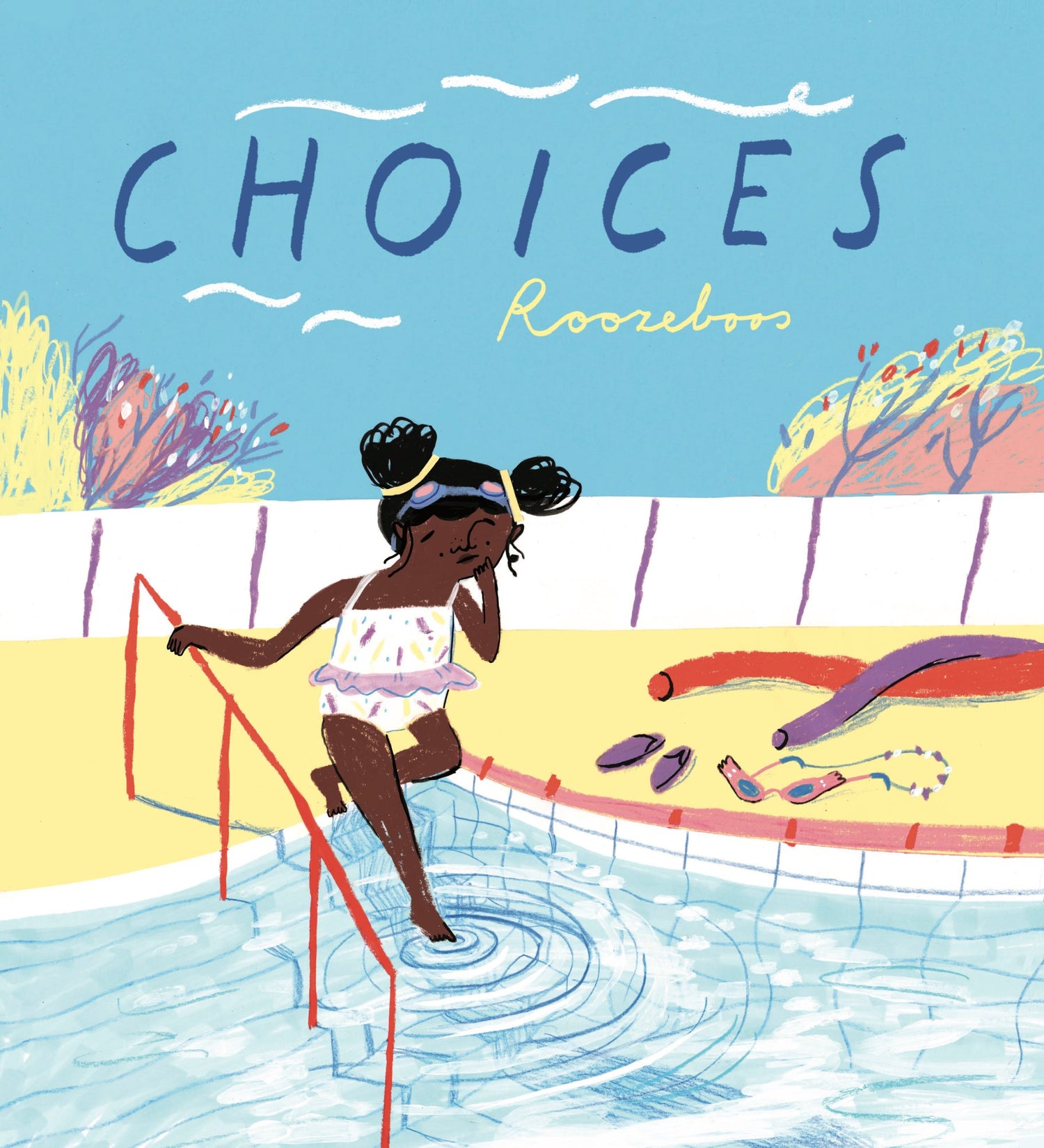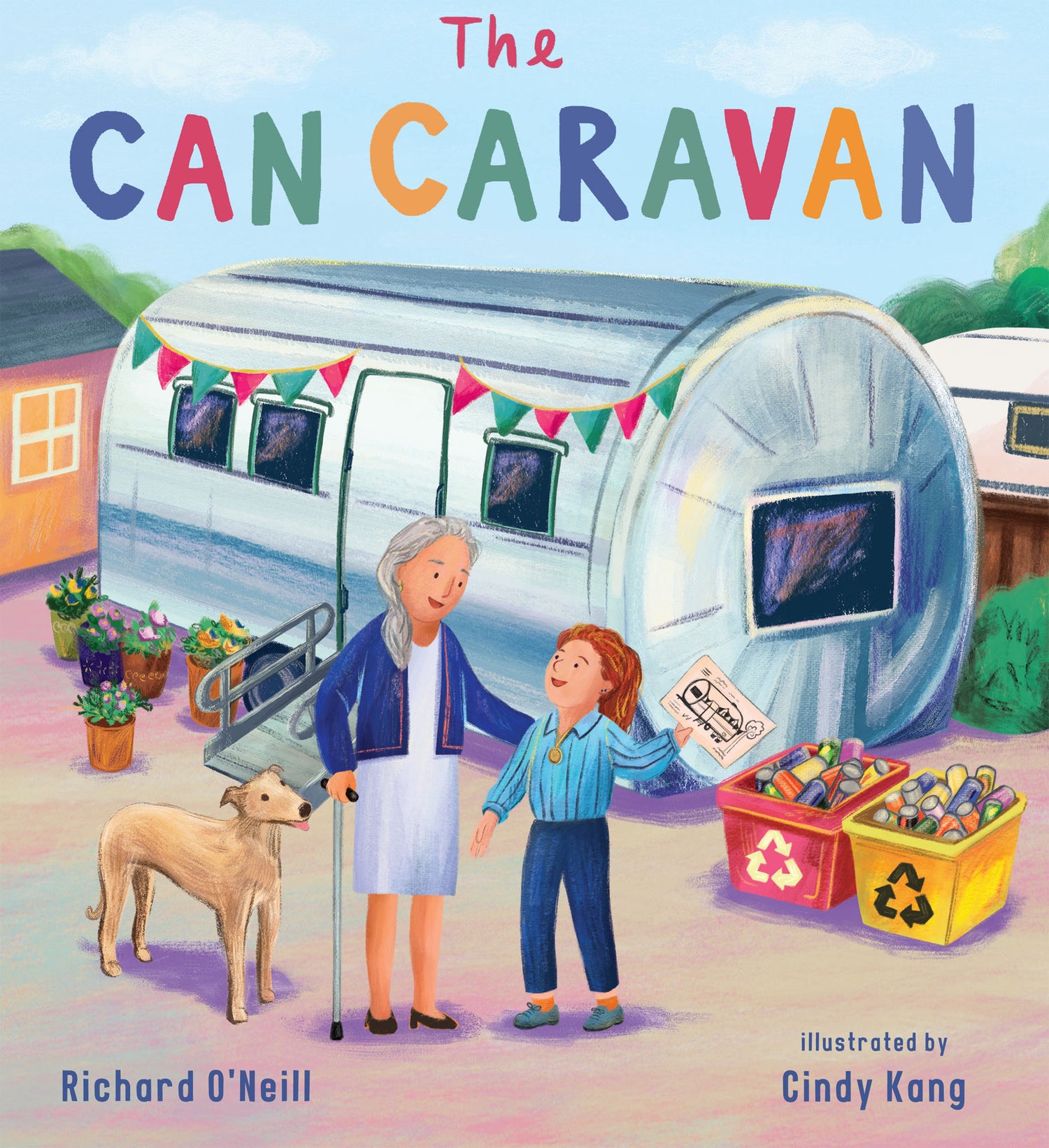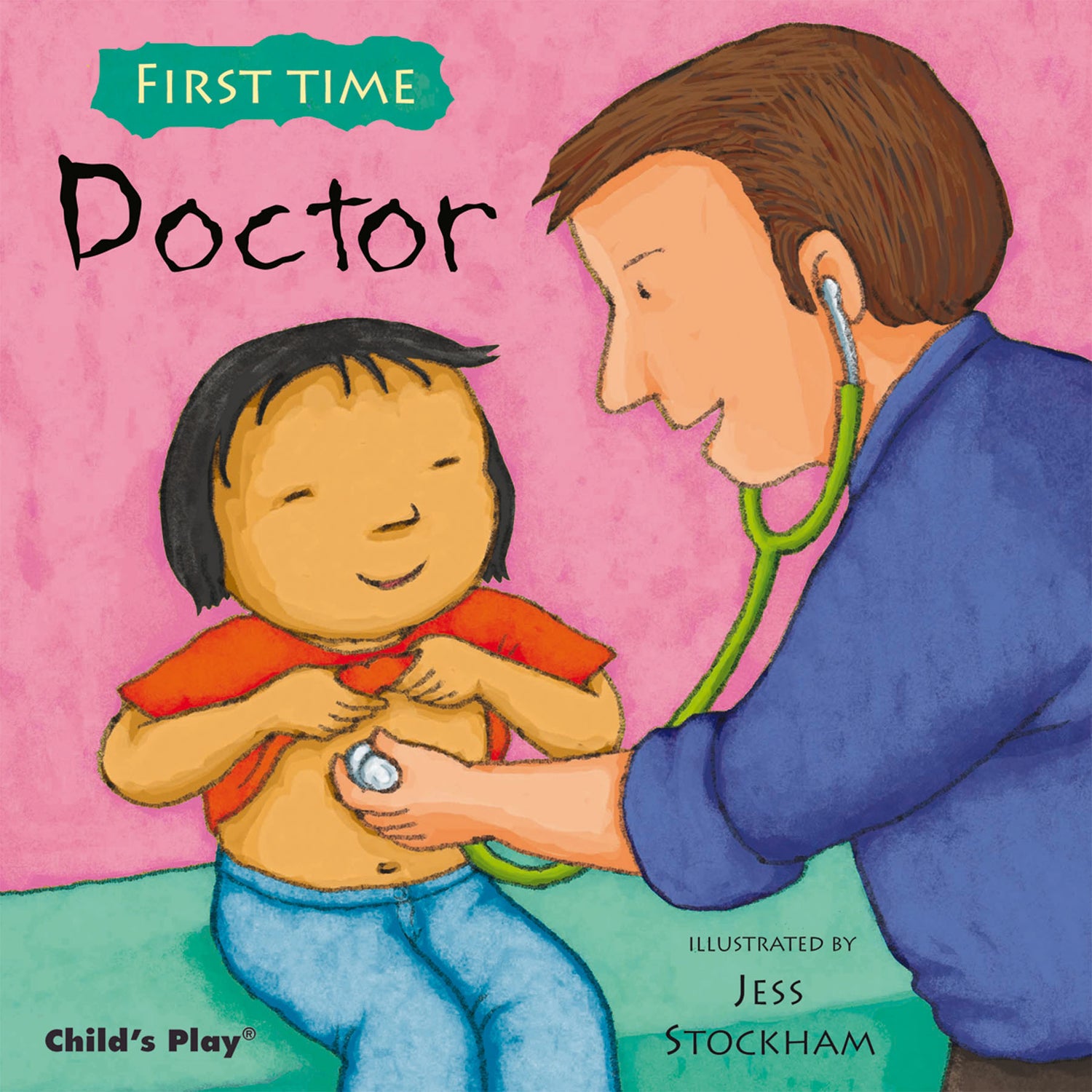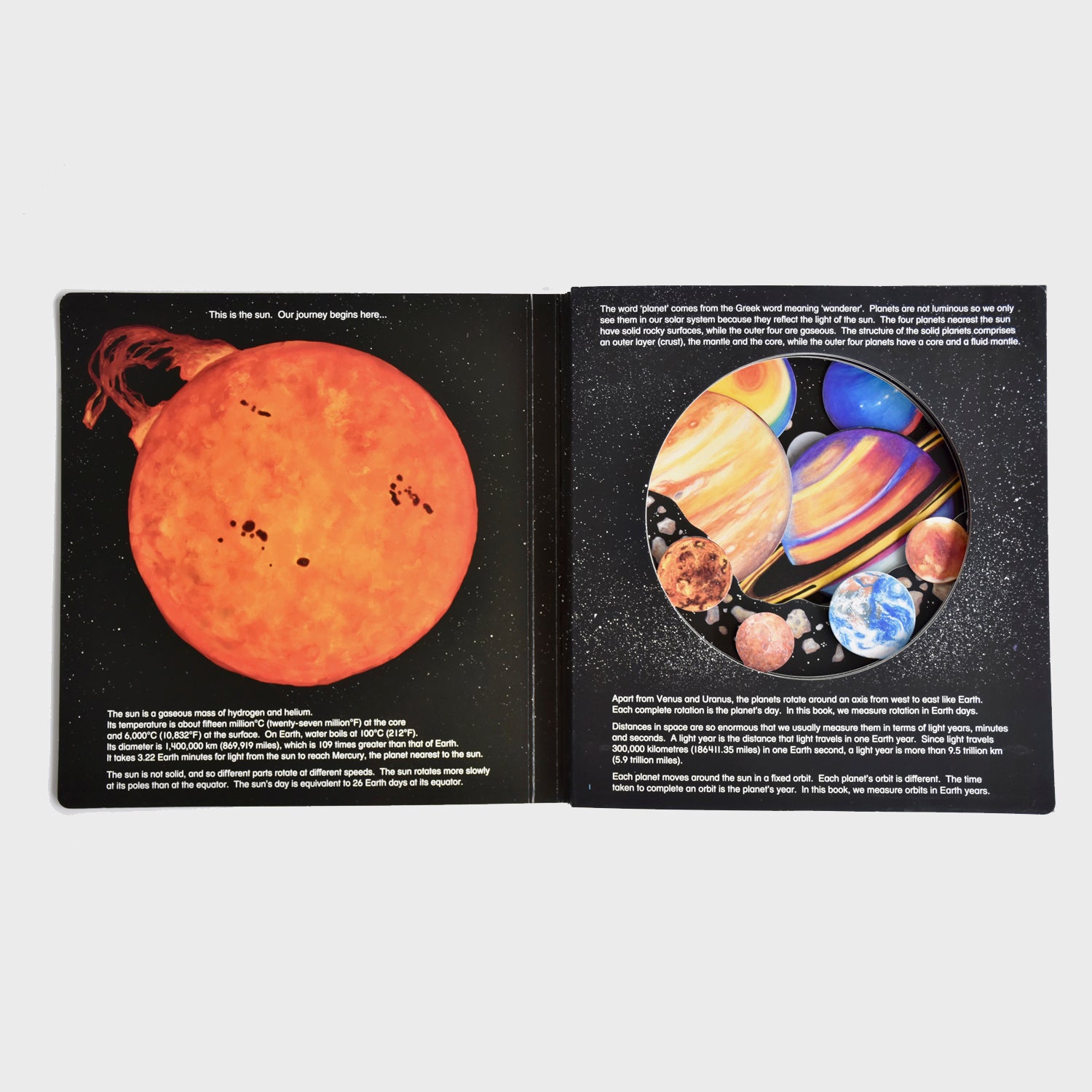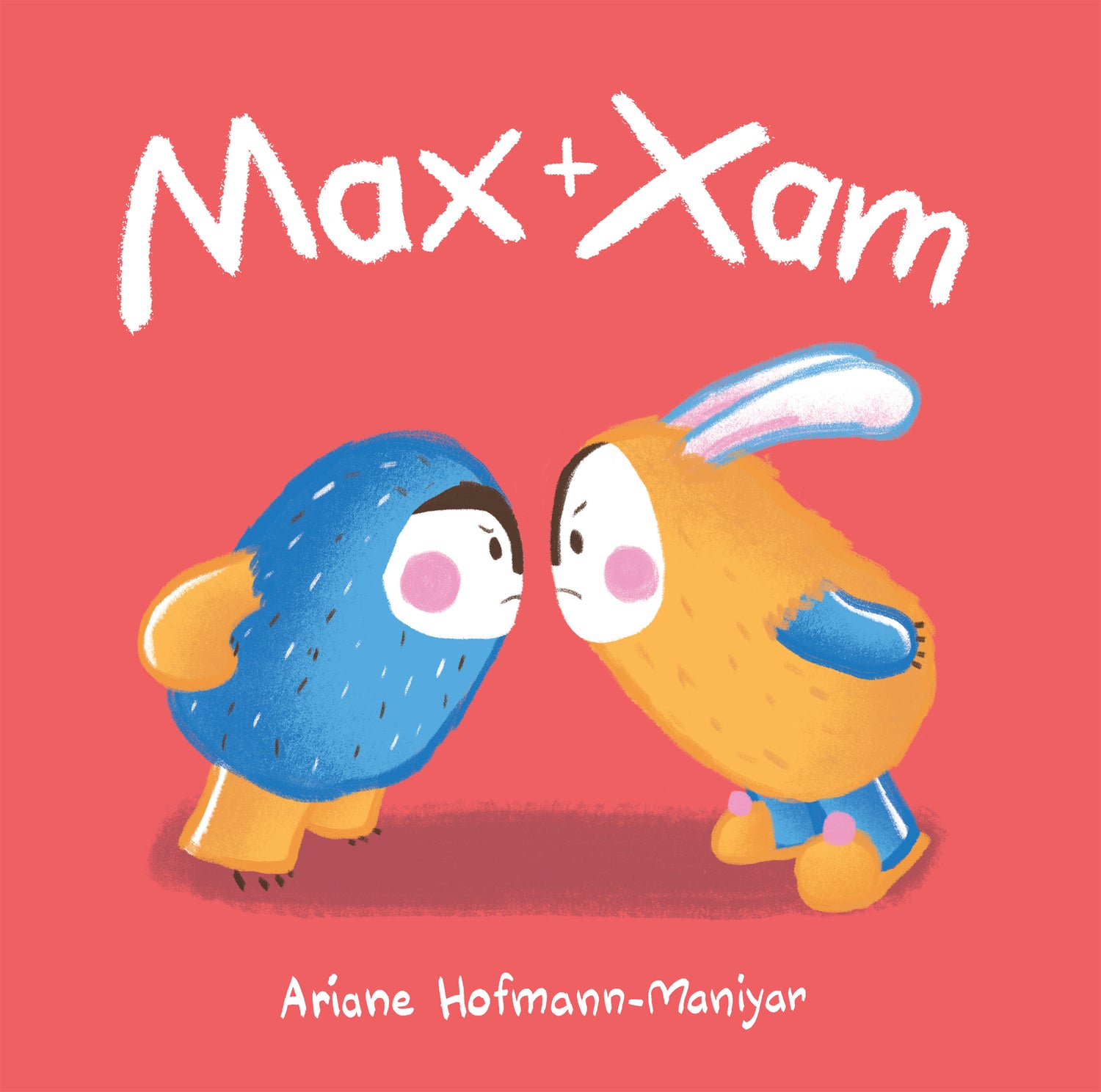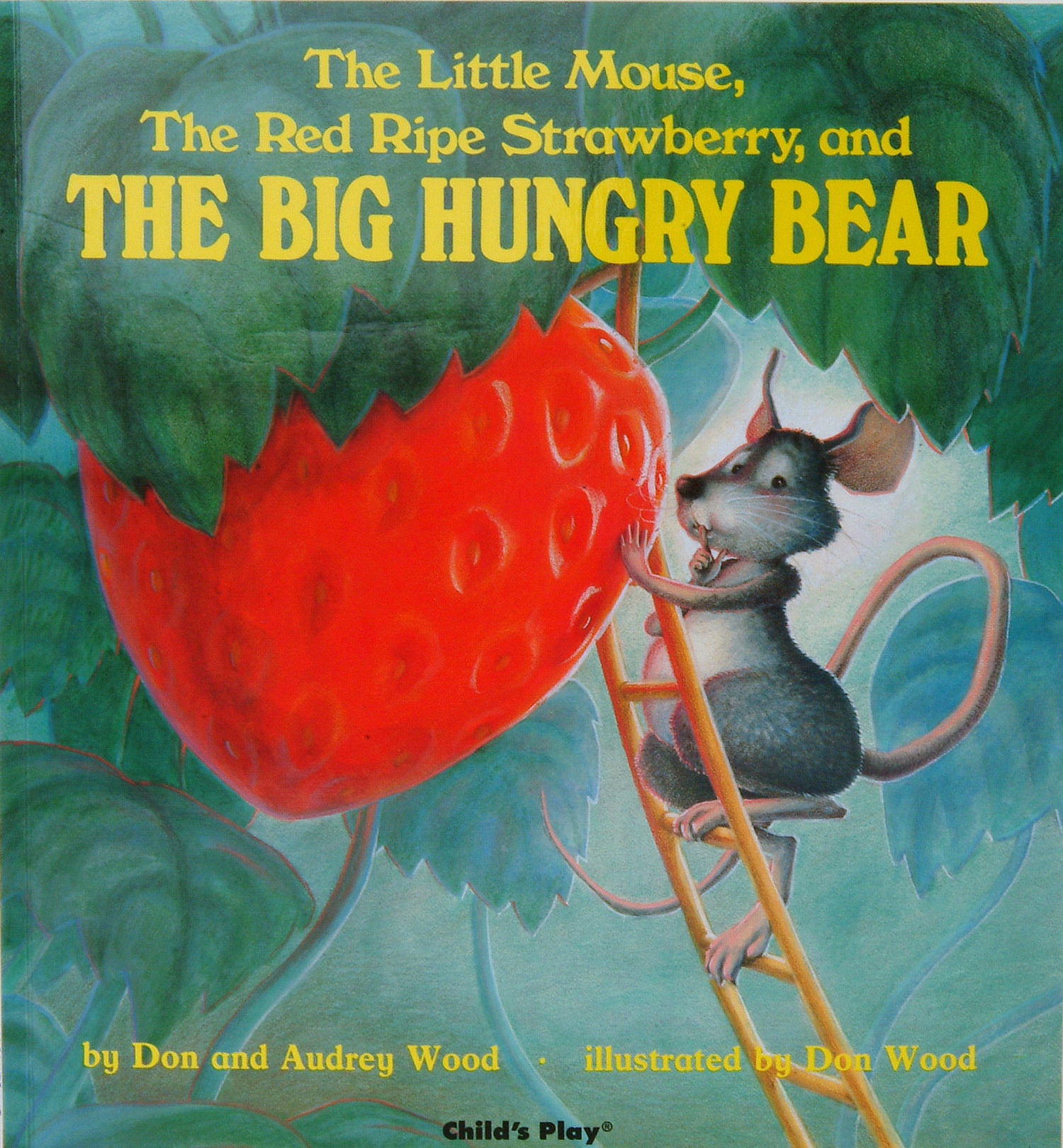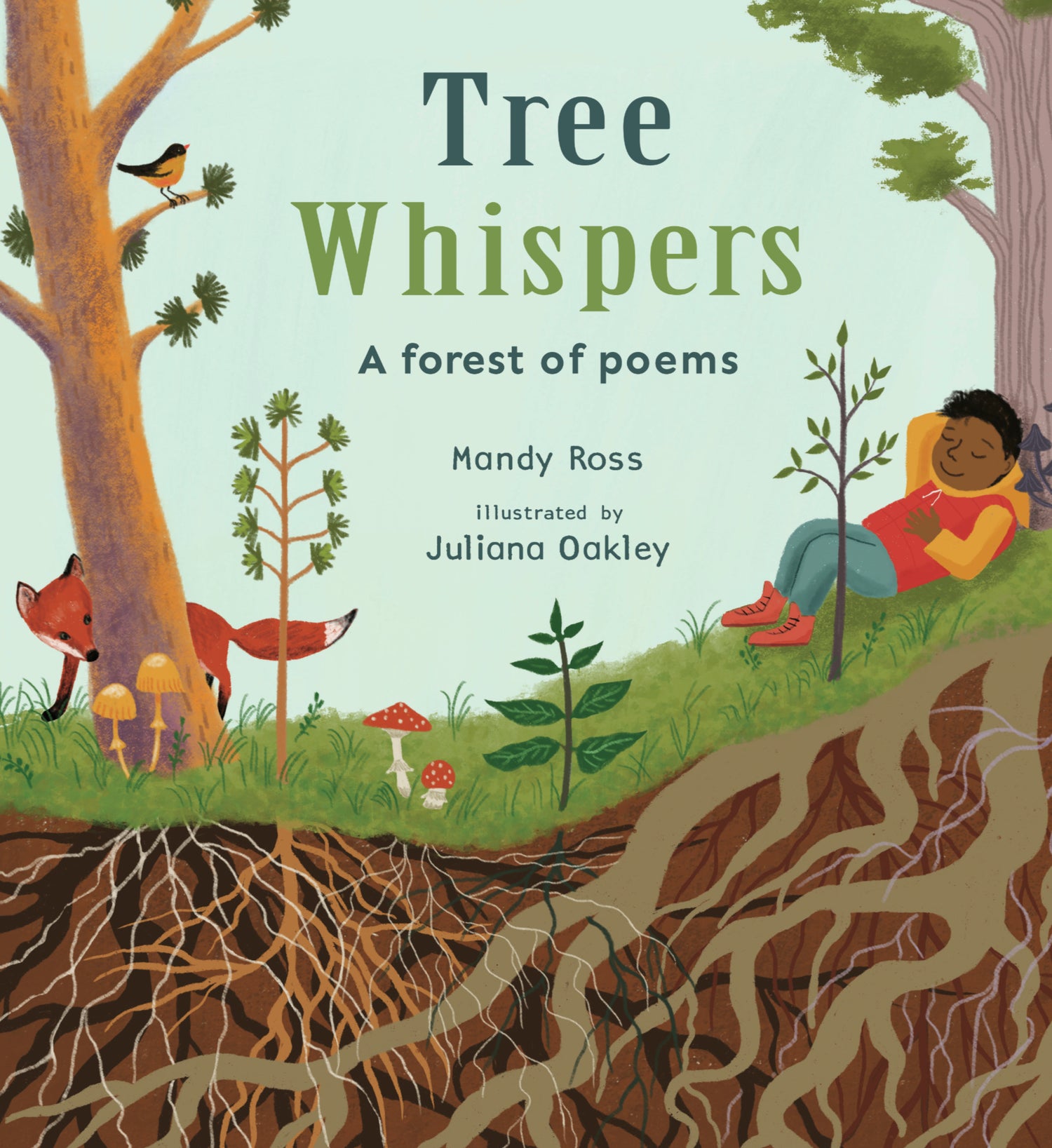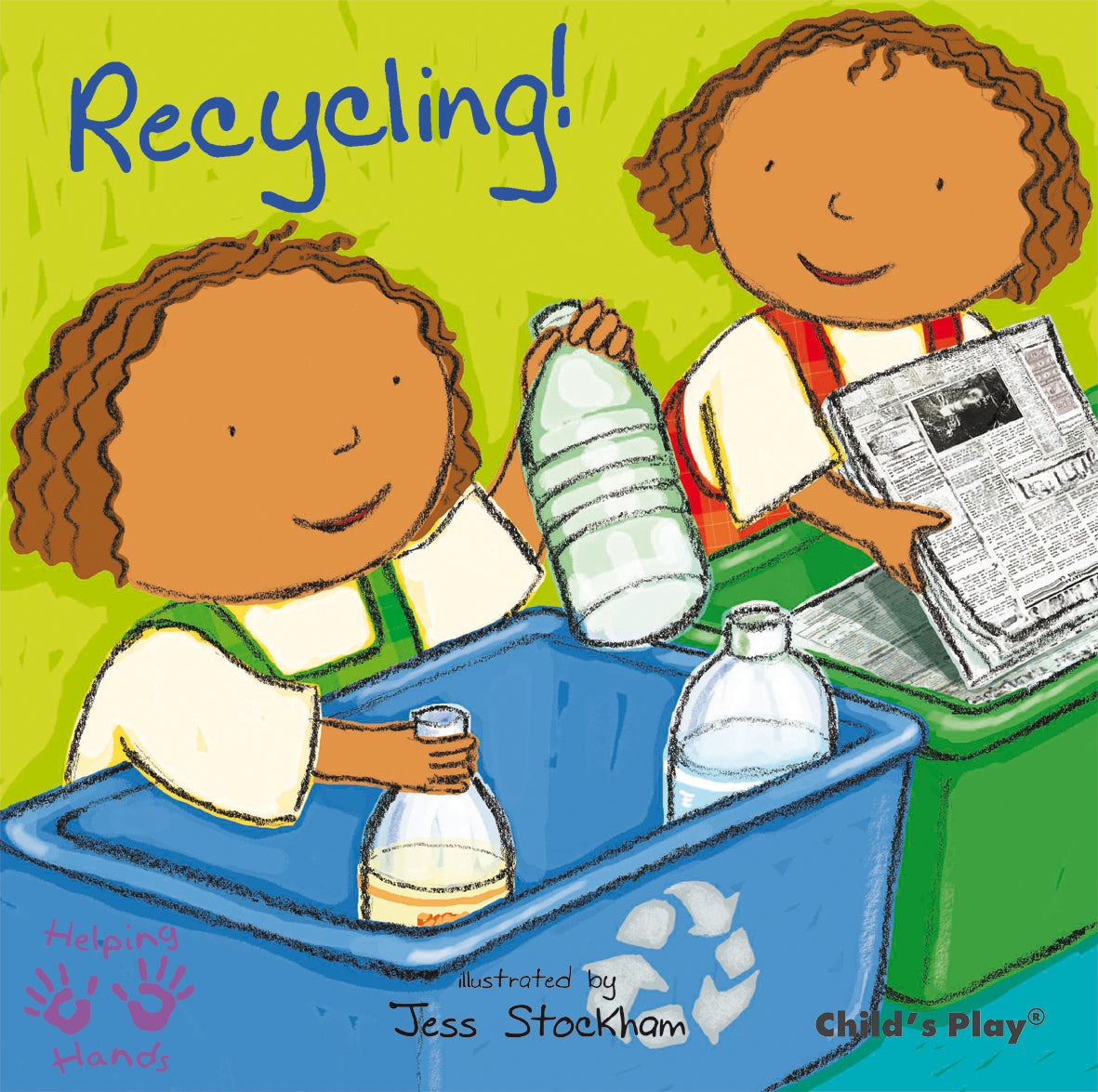Making of... Look, Touch, Learn
Look, Touch, Learn is a series of books designed to make tummy time more stimulating. Supervised sessions that allow a baby to spend time on their stomach can help strengthen their muscles. As the duration of the sessions gradually increases, these books can provide babies with an entertaining distraction and opportunities to bond with parents and guardians. In order for this to work effectively, the books needed to be accessible to young eyes.
Throughout the process, Professor Anna Franklin (director of The Sussex Baby Lab www.sussex.ac.uk/babylab) provided insight based on valuable research that she and her colleagues have carried out. Volunteers who have participated in the studies carried out by Sussex Baby Lab have helped to make these books engaging and meaningful.
Below are the key areas in which Baby Lab’s findings informed the design:

Colour and Contrast
The specific colours used in the books have been chosen on the basis of research on babies’ colour vision.
Newborn colour vision develops rapidly; they can see big intense blocks of cherry red colours from a few weeks old. Cherry and teal are visible to babies before chartreuse and violet, which are seen later, from 2-3 months. The Editorial Team saw the potential for the books to grow with the baby; as their eyesight develops, more and more of the illustrations are revealed.
A maximum of three colours were used per page, as simplicity and contrast are important to how babies see the world.

Shape and form
Findings by the Baby Lab made it clear that the shapes aimed at babies aged 0-6 months needed to be simple, and that babies found curved lines, like those found in nature, more interesting. Similarly, natural scenes and patterns, such as fractal designs are fascinating to babies, so each book in the series has been based around a calming aspect of nature. Professor Franklin’s research has highlighted the fact that babies with immature vision are drawn to elements that break a pattern, so the books contain some examples of this – can you spot the odd one out? A large part of this research was a result of non-intrusive eye-tracking studies carried out by Sussex Baby Lab. Heat maps reveal how long a baby’s eyes rest on something, and what they take in first.
You may have noticed that the pages in Look, Touch, Learn show close-ups of something alongside a pattern showing the object or creature in context. The full illustration provides adults with a conversational prompt, to encourage bonding and engagement.

Tactile Elements and Light
Children respond well to multisensory elements. Sand varnish was used on many pages because it has a texture that’s pleasing to eyes and fingers, and it can also make a noise when rubbed and scratched.
Light was also a key consideration; it bounces off the foil elements and peeks through the gaps around the swinging discs. All of this is great fun for a baby!
The eye-catching moving disc is an element that can grow with the child; initially, it draws a baby’s attention and as their motor skills improve, it gives them something to interact with.

Production Timeline:
- The Child’s Play team decided to produce a series of books that were suitable for very young babies and ideal for Tummy Time. They wanted the books to be designed using the latest science on baby vision.
- Child’s Play approached Sussex Baby Lab and asked Professor Franklin to be a consultant on the project. They submitted very rough first visuals for her to comment on.
- Professor Franklin answered questions, shared her findings about how early vision works and commented on the initial sketches.
- The Child’s Play Team asked Charlotte Archer to illustrate the book using the recommended colour palette and favouring curved lines.
- During the design stage, Child’s play carefully selected tactile materials that were appropriate, safe and economic enough that the book’s price could remain accessible.
- Once mock-ups were prepared, they were sent to Sussex Baby Lab, where Professor Franklin provided feedback on the dummies.
- Child’s Play incorporated this feedback into the next drafts and continued receiving feedback from Professor Franklin as the final versions took shape.
- The designs were sent to a printer in China, where they printed the book in a concertina format and added the tactile elements.

Click here to view the books in our shop!
Watch the Trailer!
Collections
-

Big Feelings
Tender tales about those BIG feelings we all experience.
-
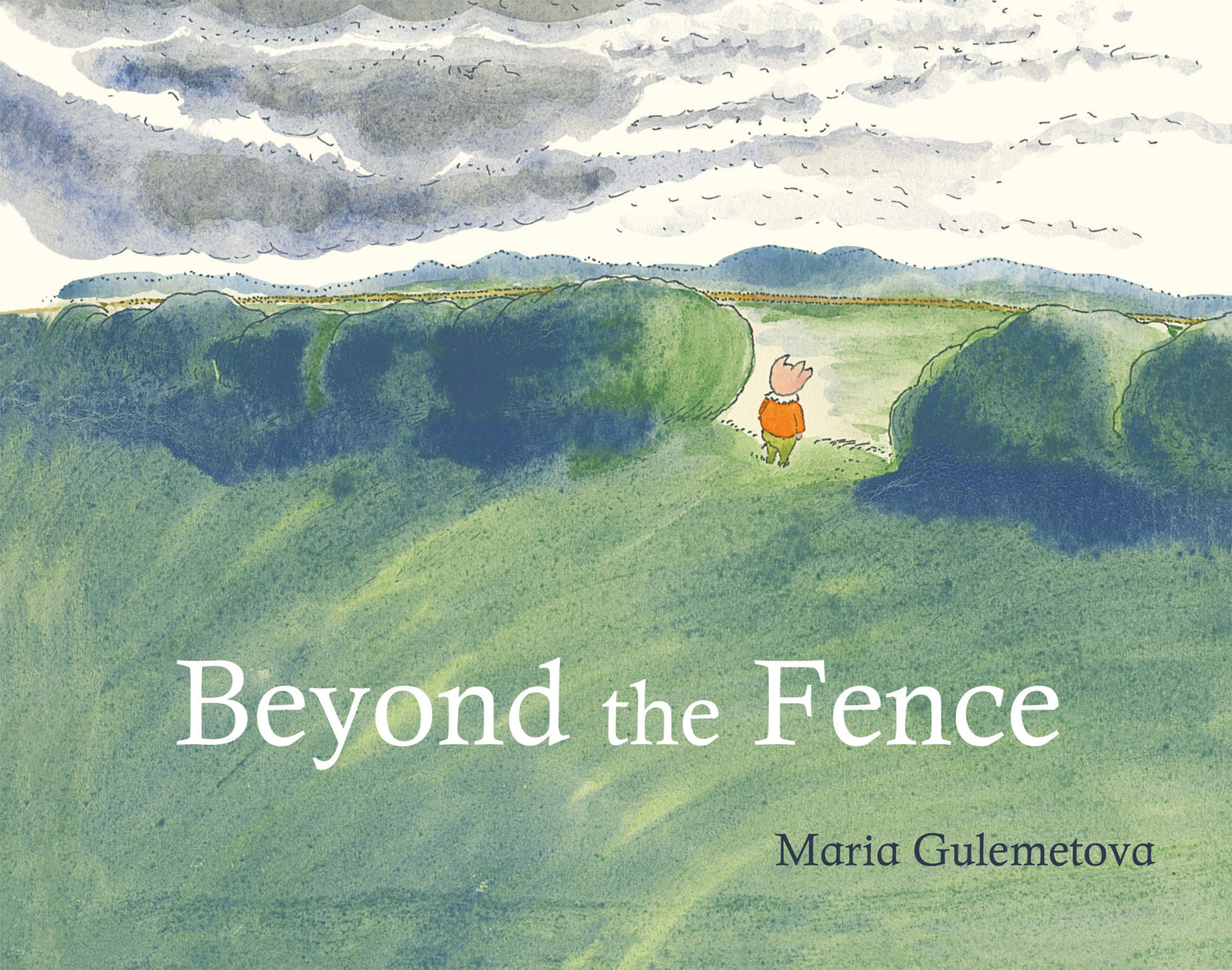
Friendship
Touching stories about making friends, best friends, furry friends and every type...
-
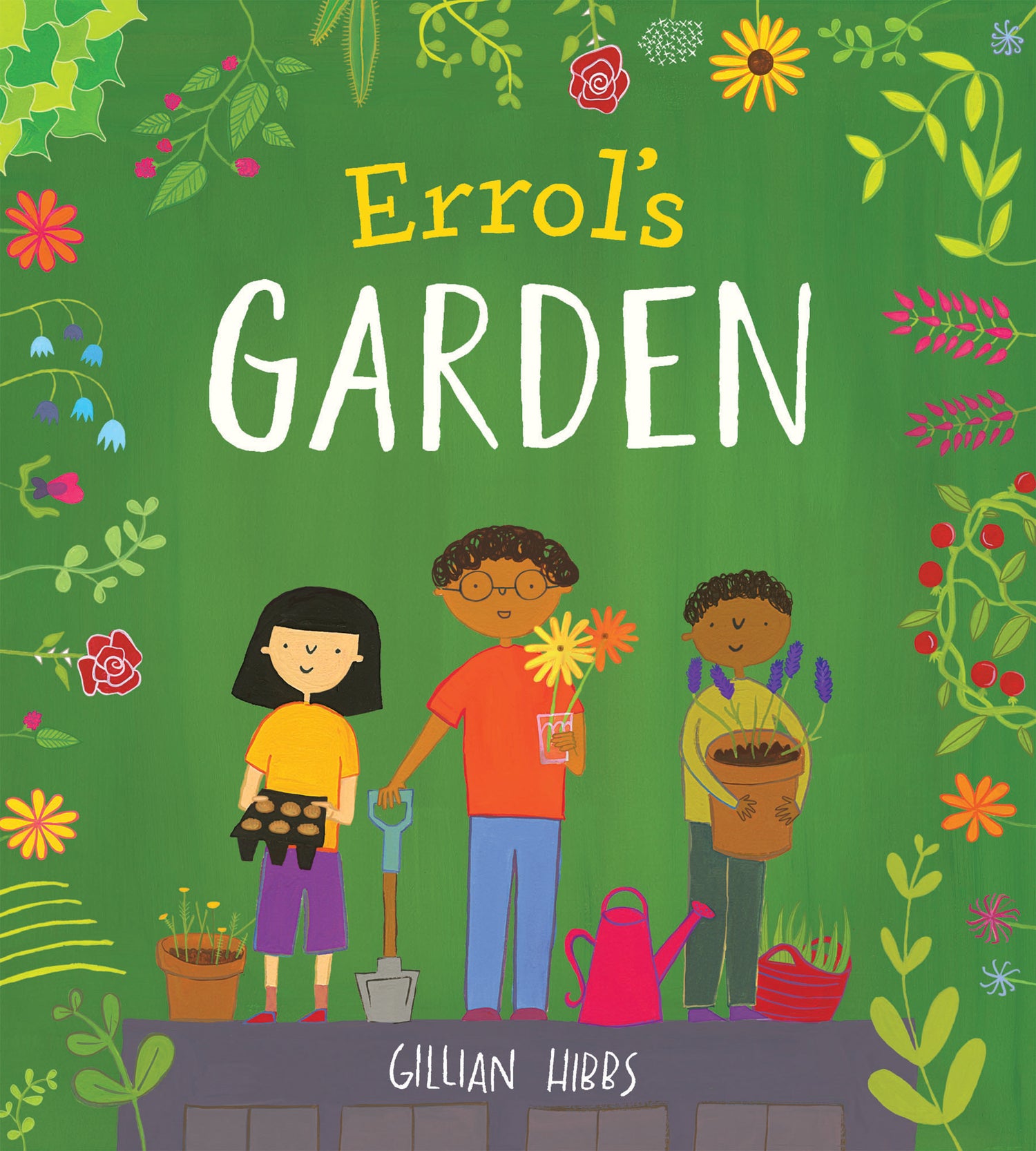
The Environment
Our home - the beauty of nature and what we can do...



